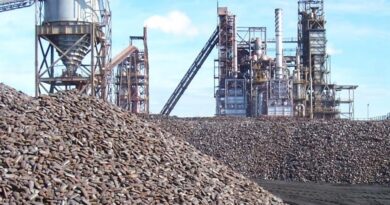Scientists capture carbon in seawater with tin-zinc electrodes
Researchers from Tongji University have developed a modified tin-zinc electrode that converts carbon dioxide (CO₂) into formate, a valuable liquid chemical, using seawater as the electrolyte. The approach addresses long-standing challenges in seawater-based CO₂ conversion, including metal corrosion and unwanted side reactions.
Formate (HCOO⁻) is an energy-rich molecule with practical uses as a liquid fuel, chemical feedstock, and hydrogen carrier. Converting CO₂ into formate offers a route to reduce atmospheric emissions while producing a storable, transportable product. Using seawater rather than purified water adds further sustainability, tapping into a naturally abundant resource without the need for chemical additives.
The innovation lies in the electrode design. A zinc substrate is modified with island-like tin deposits, providing active sites for the electrochemical reaction. This surface is then coated with tannic acid, a plant-derived compound that inhibits corrosion and suppresses the competing hydrogen evolution reaction. The result is a stable, selective electrode that performs well in both simulated and natural seawater.
In testing, the electrode (TA@Sn/Zn) achieved a Faradaic efficiency (which measures how effectively electrical current is used to produce the desired chemical product) of 86.4% for formate production in standard electrolyte conditions and maintained high performance in 3.5 wt% NaCl solution and natural seawater.
This study demonstrates how tin-based electrodes, enhanced with naturally derived coatings, can support efficient CO₂ conversion under realistic conditions. It represents a promising step toward scalable, seawater-compatible carbon capture technologies.




